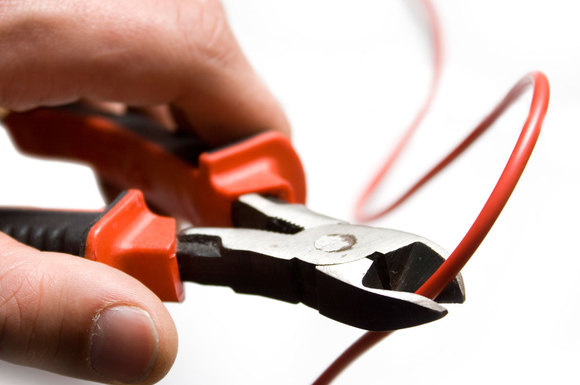The overhead wiring has long been a problem for municipalities of the country. The multiple wiring for TV connection, internet connection, and power connection has created issues of multiple wire lines. The open overhead wires look very ugly and are less efficient as well. The repairing and maintenance cost is also manifold as the connections are multiple. All these problems are set to solved as Tower and Infrastructure Providers Association (TAIPA) and Telecom Regulatory Authority of India (TRAI) are holding discussions to introduce a common underground optical fiber to provide all services like electricity, television and broadband internet. This will bring down the cost of wiring as it will ensure one time investment for digging and laying out optical fiber. All the operators who share the optical fiber infrastructure will share the cost also . “The fiber would be owned by the infrastructure providers and they have suggested three kinds of business models. These include public-private partnership, a one-time fee for laying fibre charged by the authorities, and revenue sharing between municipality and the operator,” said a person aware of the development.
A pilot project for Delhi was discussed in a session organised by PHD Chamber of Commerce and Industry. The National Digital Telecommunications Policy-2018 aimed at connecting every village and city of the country through the establishment of a National Digital Grid and this will be done by creating a National Fiber Authority. The government plans to make telecom optical fiber cables a thing of public utility and the operators will be made to share the fiber infrastructure on the lines of tower sharing arrangement between the telecom operators. The optical fiber would be laid out in collaboration with state government, urban local bodies and private players. Test for a small project was done by the telecom regulatory body, TRAI in Deogarh district of Jharkhand. The consultancy estimated a cost of 46-crore rupees for an area of 300 kms. The common duct will be offered for at least 20 years and no other entity will be allowed to dig the land there. The National Digital Telecommunications Policy-2018 provides the framework to implement this project which was introduced in September this year.
The new telecom policy will replace National Telecom Policy- 2012. Before 2012, telecom sector was operated on the basis of ‘New Telecom Policy-1999’ which fostered the unprecedented growth of telecommunication in the country. This policy was brought by Vajpayee government to involve private operators in the growth of telecommunication and to end the monopoly of public sector operator BSNL. The first telecom policy in India was brought in 1994 which had the provisions for an independent regulator later named as Telecom Regulatory Authority of India (TRAI). The TRAI act was passed in 1997; however it was amended in 2000 to meet the requirements of the 1999 policy and later amended in 2014 to meet the requirements of the 2012 policy. Various acts including TRAI will need to be further amended to meet the requirements of NDCP-2018.
National Digital Communications Policy 2018 aims to attract 100 billion dollars in investment and create 4 million (40 Lakh) jobs by 2022. “Emerging technologies like 5G and Internet of Things warrant the need for a new consumer-centric and application-centric policy. We want telecom to become not just a revenue generating sector but also a socio-economic growth sector,” said Manoj Sinha after a cabinet meeting. The new policy also aims to connect every corner of the country with 50 mbps broadband connection. The goals of this policy include increasing the contribution of telecom sector in GDP from 6 percent to 8 percent. To attract capital for the sector, government will review license fee, universal service obligation fund levy, and rationalisation of tariff charges. The goals of policy include 50 lakh Wi-Fi hot spots by 2020 and 1 crore by 2022 through National Broadband Mission and implementation of Fiber First Initiative to take broadband across the length and breadth of the country. Broadcasting and IT will also go through major changes after implementation of the policy.
The introduction of optical fiber will solve the problem of overhead wires which is the biggest headache for the municipalities. It will also enhance the efficiency in terms of cost and time as far as the distribution of power and TV and Internet connections is concerned. The overhead wires also pose major security concerns. The death of lineman and repairers has been a major security issue in the country since long; all these problems are set to be solved once the common optical fiber network is introduced.
